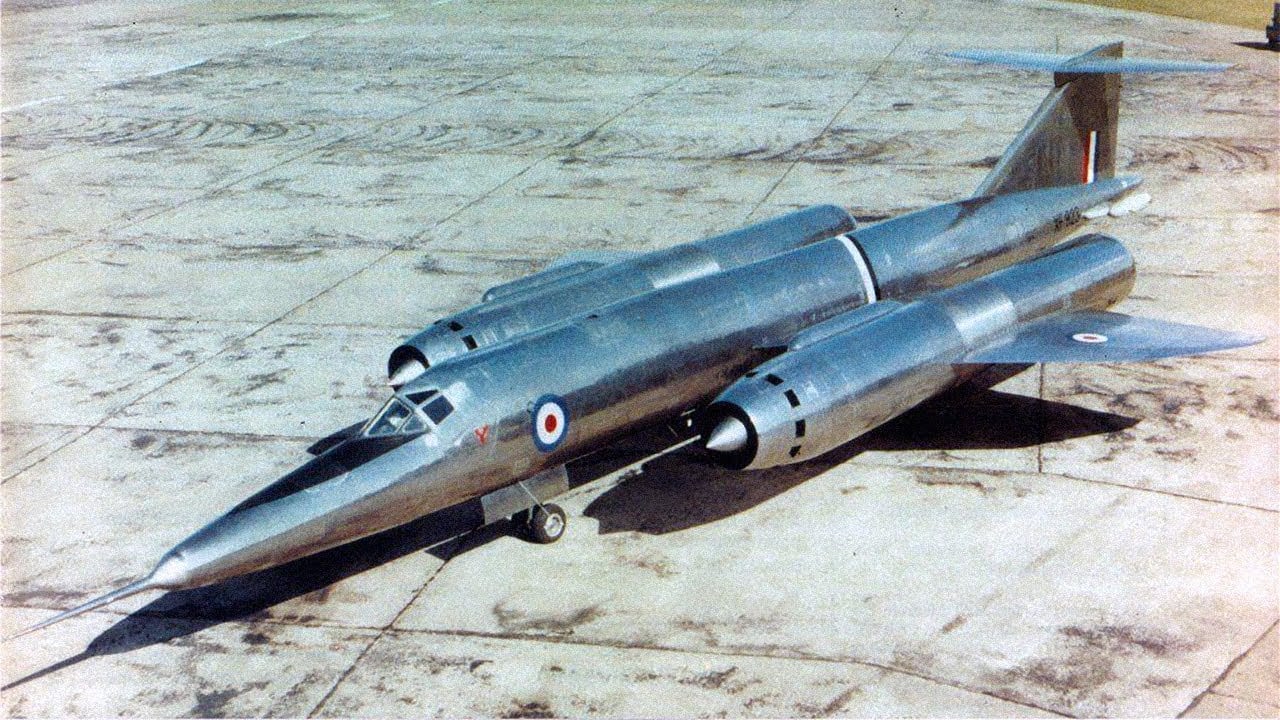The recent explosions at the chemical 'Azot' plant in Russia underscore a significant escalation in the ongoing conflict, highlighting vulnerabilities in critical infrastructure. As military tensions rise, the targeting of such facilities raises alarms not only for national security but also for the potential environmental and economic repercussions. The implications of these attacks extend beyond immediate damage; they signal a strategic shift in warfare tactics, where industrial sites become focal points in military operations. This development necessitates a reevaluation of risk assessments and defense strategies, particularly in regions where military and civilian infrastructures are closely intertwined.
In response to these threats, military analysts emphasize the need for enhanced protective measures around key industrial sites. The integration of advanced surveillance technologies and rapid response protocols could mitigate risks associated with such attacks. Furthermore, the situation calls for a comprehensive approach to cybersecurity and physical security, ensuring that critical infrastructure remains resilient against both conventional and unconventional threats. As the conflict evolves, stakeholders must remain vigilant, adapting to the changing landscape of warfare that increasingly targets the heart of national capabilities.








